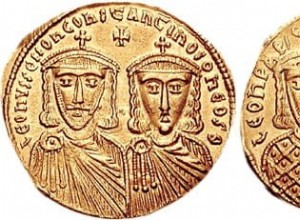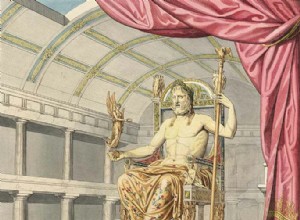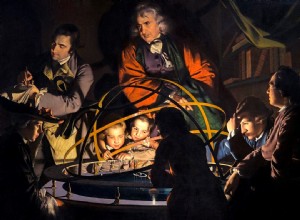Not long ago, in the article dedicated to the extravagant Russian masquerade ball that inspired the costumes for the movie The Phantom Menace , we reported that Maria Miloslavskaya, the first wife of Tsar Alexios I (the father of Peter I the Great ) and mother of Tsar Fyodor III, had been chosen as




